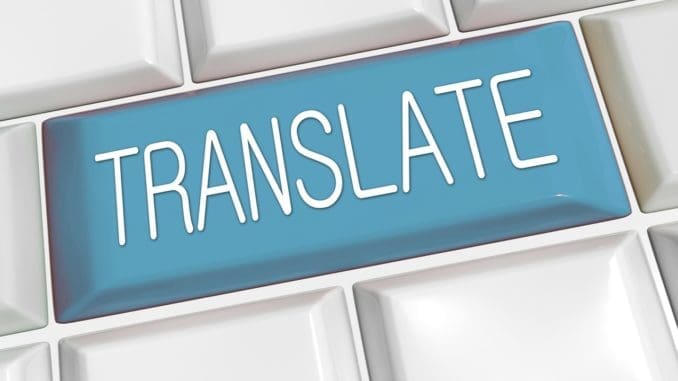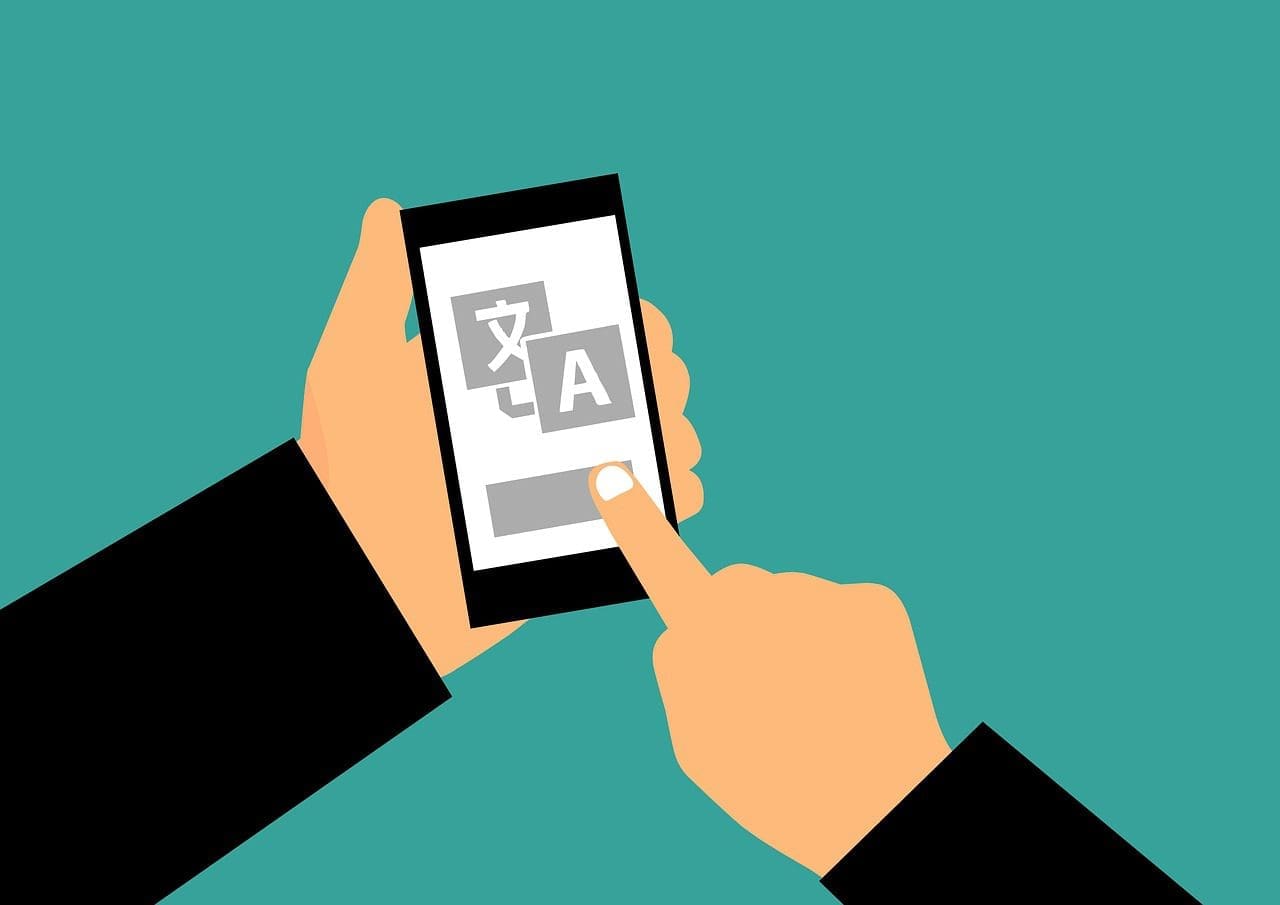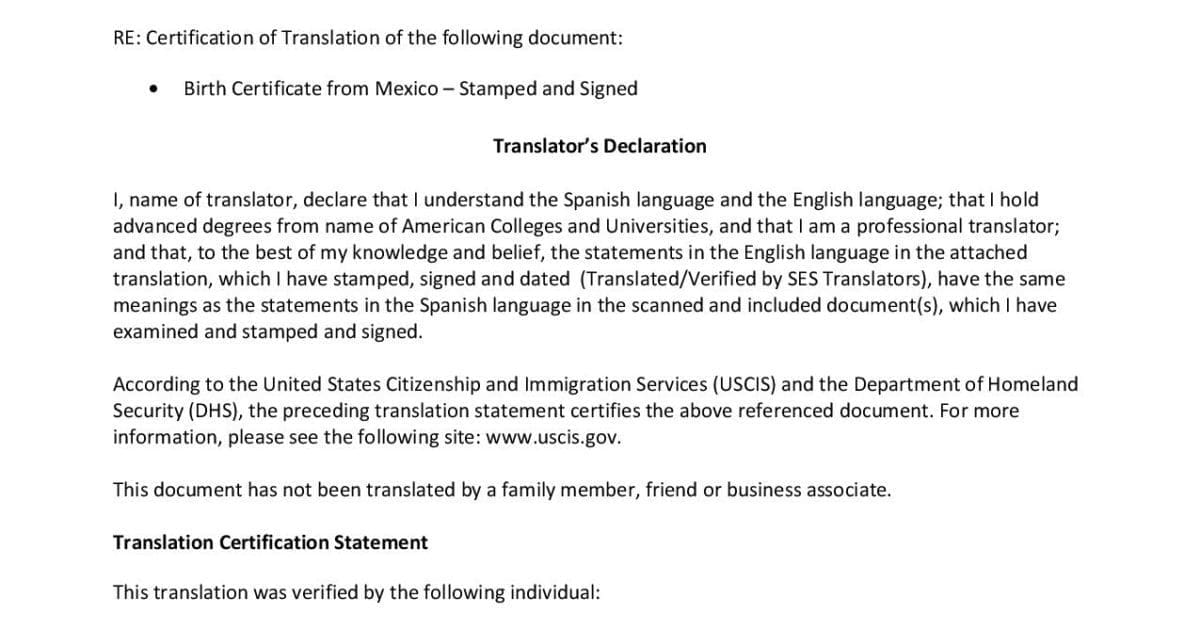
Translation is the process of converting written text from one language to another. It is a complex task that requires a deep understanding of both the source and target languages, as well as the cultural and context-specific nuances that may influence the meaning of the text. Translation services come in many forms, including machine translation, human translation, and more.
Computer Translation Is Faster but Imperfect
Machine Translation uses computer software to translate text from one language to another. Machine translation can be done using various algorithms and approaches, including rule-based systems, statistical machine translation, and neural machine translation. Machine translation can be quick and efficient, but it can also produce translations that are inaccurate or difficult to understand. This is because machines cannot understand the context and meaning of the text in the same way a human translator would.
Humans Translate in a More Natural Manner
Human Translation is the human translator’s process of converting written text from one language to another. Human translators are fluent in both the source and target languages. They have a deep understanding of the cultural and context-specific nuances that may influence the meaning of the text. Human translation is generally considered more accurate and of higher quality than machine translation. However, it can be more time-consuming and expensive than machine translation.
Translation for Certifications
Certified Translation is a type of translation that is legally recognized and accepted by government agencies and other official organizations. Certified translations are typically used for documents such as birth certificates, marriage certificates, and other legal documents. A certified translation is a document that has been translated by a professional translator and then stamped, signed, and dated by the translator to verify the accuracy of the translation.
Translations for Medical Industries
Medical Translation is a translation used to translate medical documents, such as medical reports, clinical trial protocols, and patient information. Medical translation requires a deep understanding of medical terminology and the specific language used in the medical field. Medical translators must be fluent in both the source and target languages and have a background in the medical field.
Technical Translation
Technical Translation is a type of translation used to translate technical documents, such as user manuals, technical specifications, and patent applications. Technical translation requires a deep understanding of technical terminology and the specific language used in the technical field. Technical translators must be fluent in both the source and target languages and have a background in the technical field.
Translation for Web
Website Translation is translating a website from one language to another. Website translation is a complex task that requires a deep understanding of both the source and target languages, as well as the cultural and context-specific nuances that may influence the meaning of the text. Website translation can be done using various techniques, including machine translation, human translation, and a combination of both.
Which Translation Service Will You Choose?
Many different types of translation services are available, each with its strengths and weaknesses. When choosing a translation service, it is essential to consider the specific needs of your project, as well as the accuracy and quality of the translation.


Be the first to comment